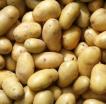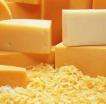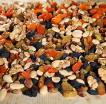Poached egg - five ways to prepare the famous French dish
Eggs are boring: only scrambled or scrambled eggs? If you still think so, I strongly advise you to make the famous French dish "poached egg". In principle, it is an ordinary boiled egg, but cooked in an unusual way - cooked without shell. And this subtlety of preparation immediately opens up limitless possibilities - such eggs look very appetizing and turn out to be very tasty - with soft creamy yolk and elastic white. Pashot eggs will decorate toast and sandwiches, perfectly complement a salad, turn pasta into a noble pasta, etc. They are also the basis for preparing the dish "Eggs Benedict" and all its various variations.
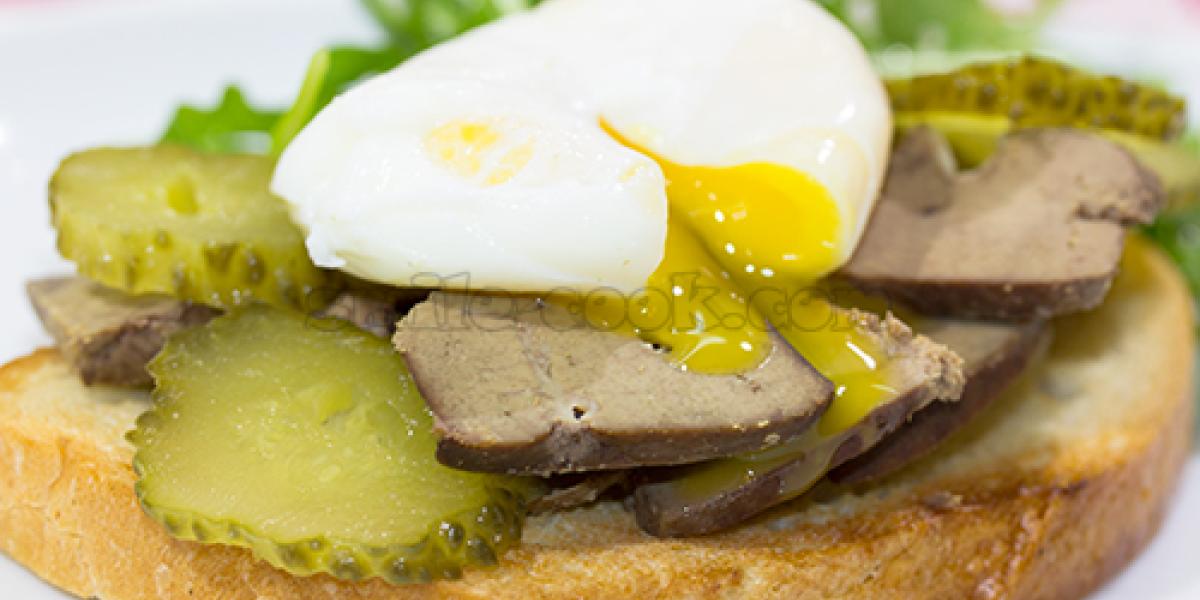
By the way, those who like to cook ahead will love this recipe too - you can put the cooked eggs in cold water and store them in the fridge for a couple days, and warm them in hot water for a minute before serving.
But everything that seems simple at first glance often turns out to be complicated when you look at it in detail. There are many pitfalls, secrets and rules to making poached eggs.
The most important rule is that eggs should be the freshest, and the water in which they are boiled should never boil hard. Then the albumen will not "crack" and neatly envelope the yolk and the egg will look appetizing and beautiful.
The first method is progressive
.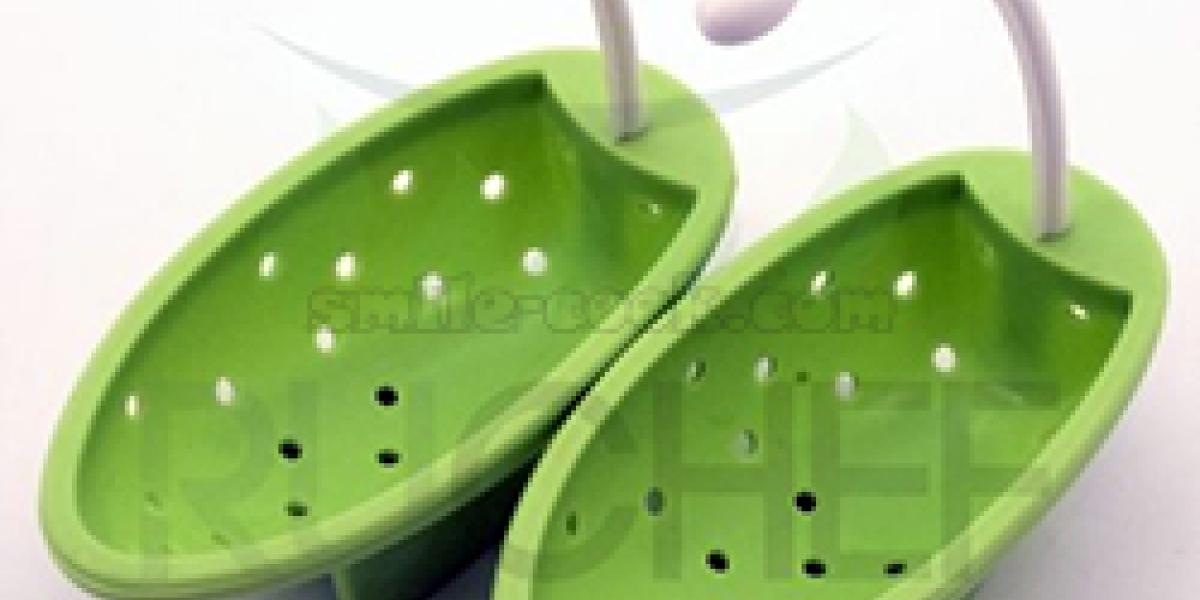 |
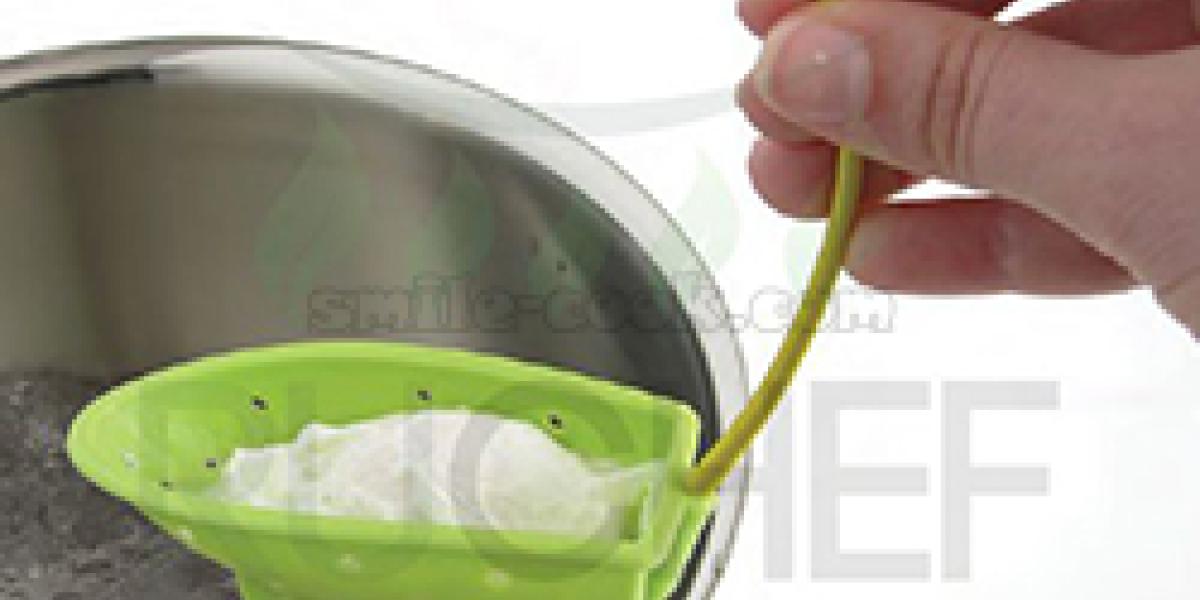 |
|
pashotnitsa
|
egg in a chowder bowl
|
Makers of various kitchen gadgets have already come up with a special "spoon" pashotnitsa, in which the egg is poached and does not spread. Admittedly, no matter how much of a fan of kitchen gizmos I am, I do not have such a spoon, and I do not feel the urgent need for it. But if you don't want to complicate your life, and you plan to eat poached eggs every day, this spoon will definitely come in handy.
To prepare, grease a chowder pan with butter, pour in an egg and cook for 3-4 minutes in lightly boiling water.
Second method - "in a bag"
.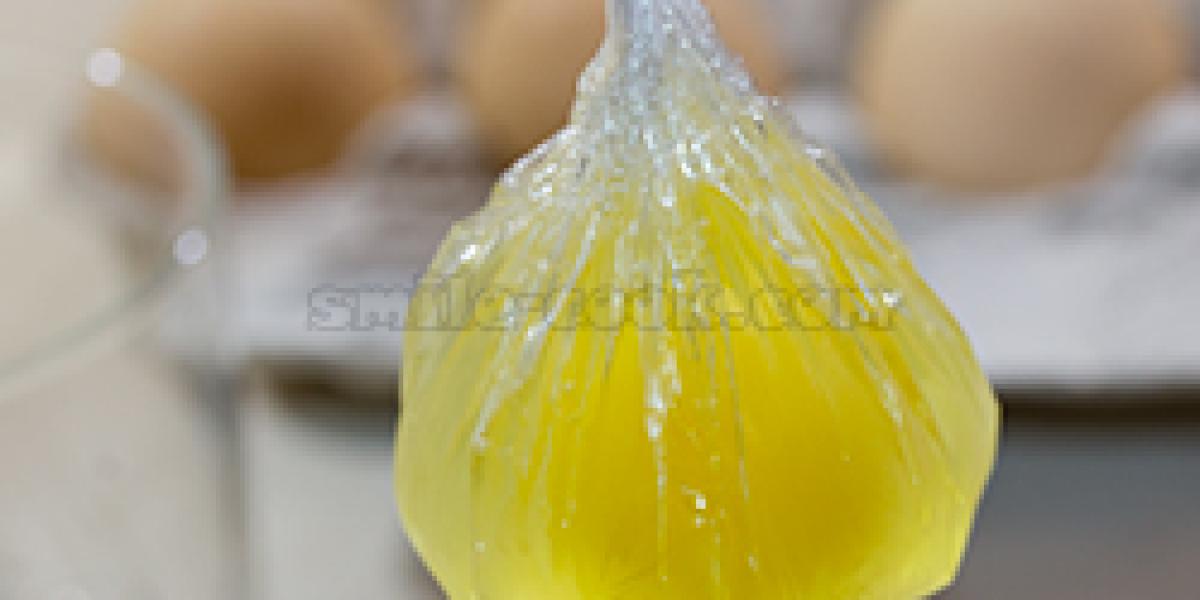 |
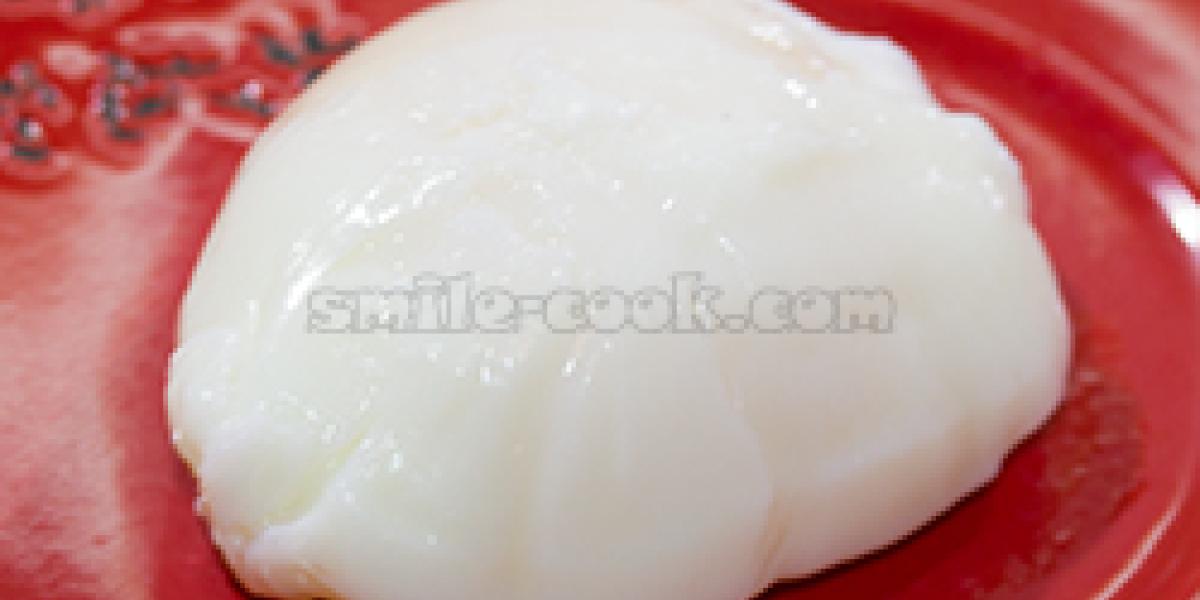 |
|
egg in a bag
|
pouch poached egg
|
This method is a win-win - the egg is cooked in a foil that replaces the shell, the egg white won't go anywhere, and the egg will have more or less the right shape. For beginners, I suggest starting with this method to get the hang of it.
To make a poached egg using this method, grease clingfilm with butter and lower it into a glass so that the edges extend beyond the glass and are long enough to tie off later. Pour the egg into the glass with the clingfilm and tie the clingfilm gently with a knot.
Boil the egg for about 4 minutes - during this time the albumen will set and the yolk will still be tender and will flow out nicely when serving.Or rubber band as close to the egg as possible so that it retains a more regular shape when cooked. Lower the egg bag into the barely boiling water so that it does not touch the bottom. Holding the tail of the bag over the boiling water is quite hot, so the longer the tail, the easier it is to do.
The egg has a less regular and beautiful shape.
The third method is in a sieve
.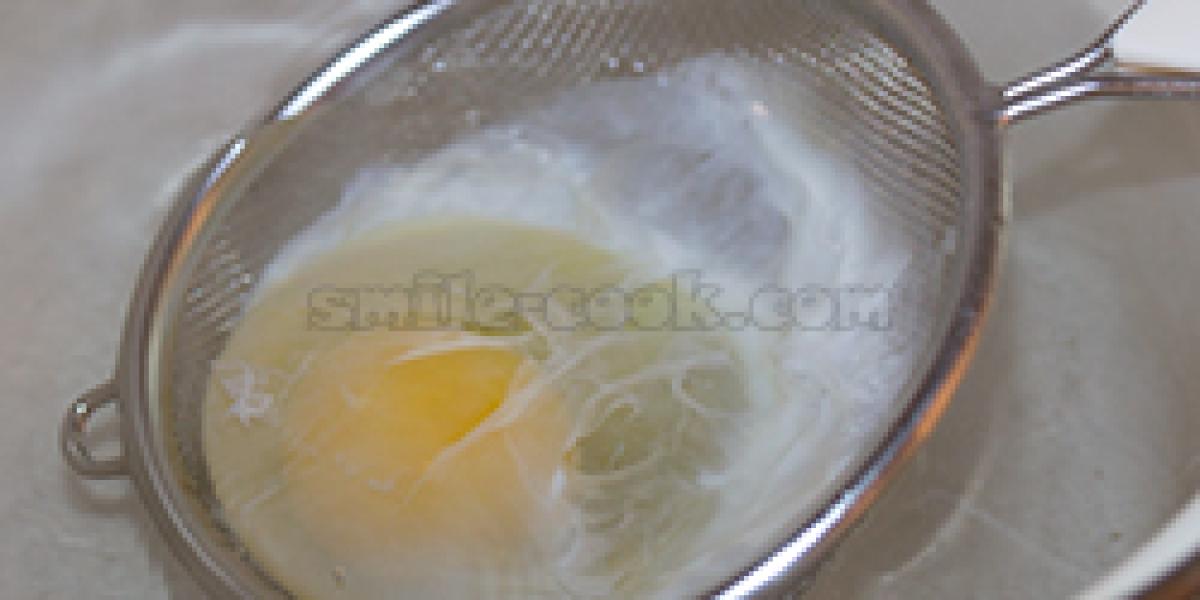 |
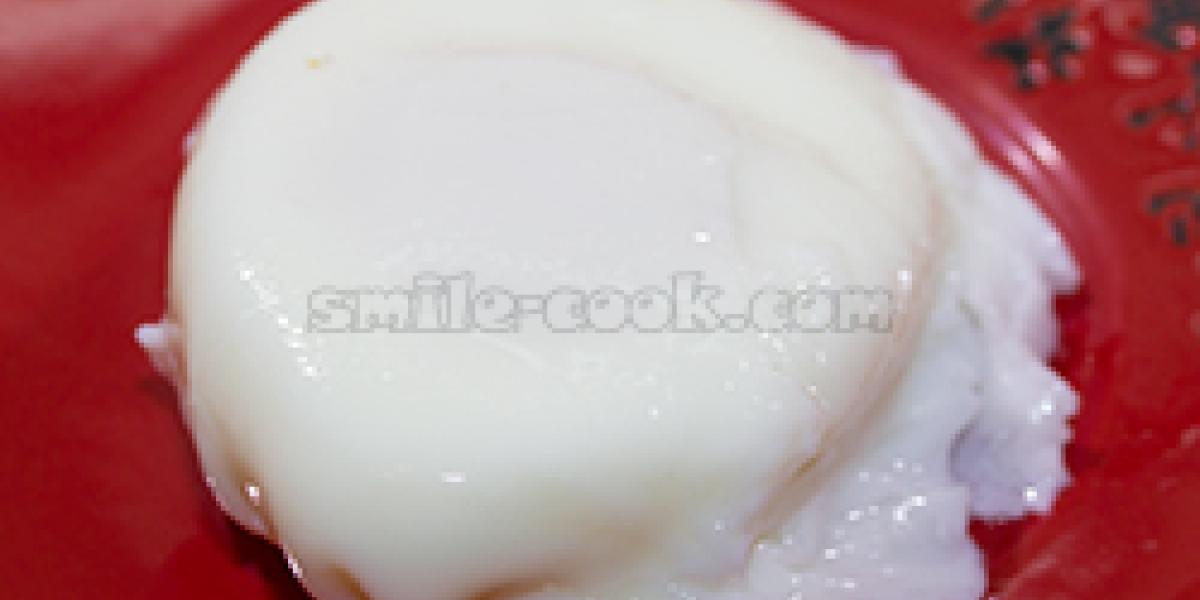 |
|
egg in a sieve
|
poached egg in a sieve
|
I tried replacing the special spoon with an improvised chowder - I boiled the egg just in a small strainer. The egg came out in the right shape, and the egg white didn't spill out.
To do this, boil some water in a saucepan and turn the heat down to a low simmer so that the water is barely simmering.
Grease a small sieve with butter, pour the egg into it and drop it into the water. Cook for 3-4 minutes - you can test with a spoon to see if it's ready.
Press the egg lightly - a properly cooked egg will be very firm, but you won't see any raw egg white, only the yolk will be runny. Carefully place the cooked egg on a plate, helping yourself with a spoon as you scrape the egg white off the sides of the sieve.
The fourth method is traditional
.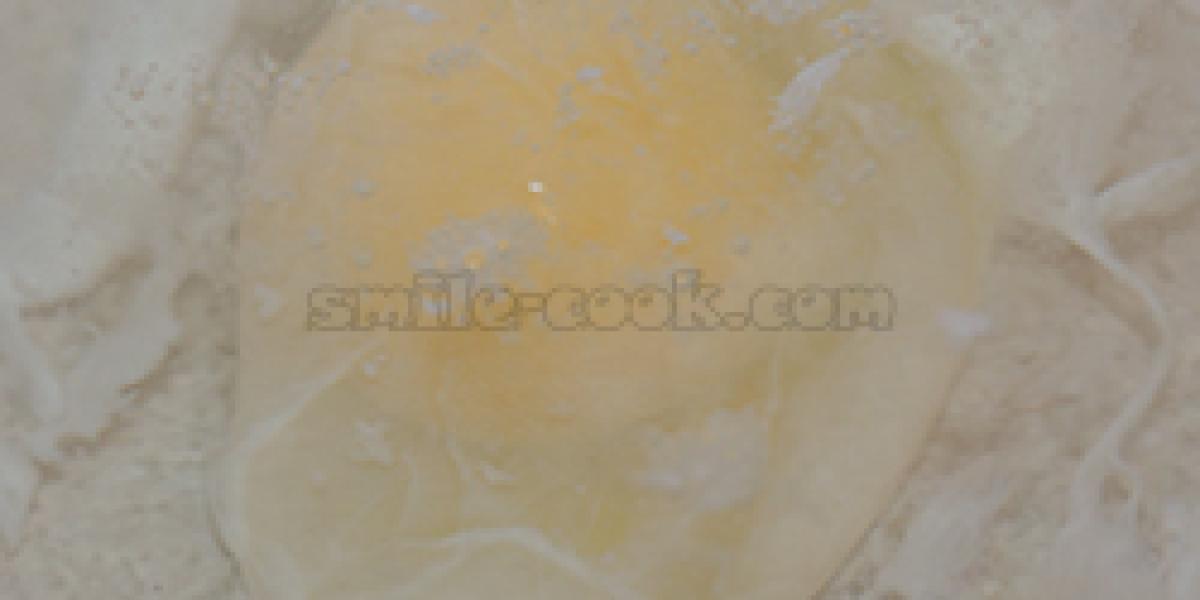 |
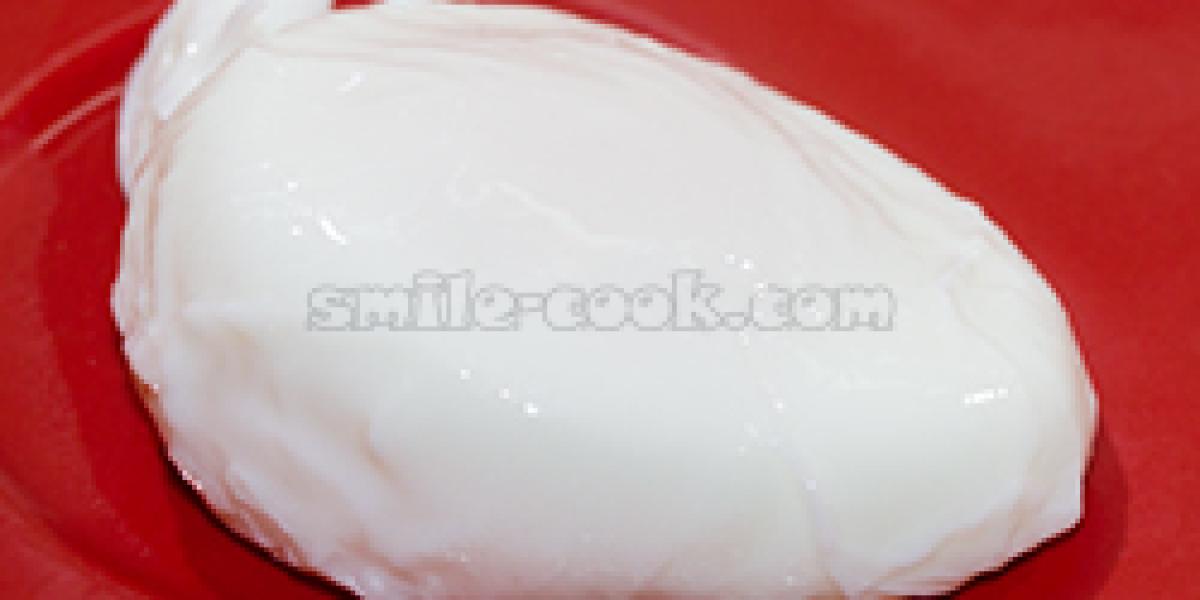 |
|
pached egg
|
poached egg
|
This method is the riskiest and is surrounded by a huge number of myths. Someone advises to add a couple of tablespoons of vinegar to the water to make the protein curdle faster in the acidic environment, someone believes that it is necessary to create a funnel with a spoon in the water to make the protein flakes wrap around the yolk, someone claims that the water should be well salted and the protein will not spread. I will not claim that this is all nonsense, but I managed to cook eggs without these tricks. By the way, the egg cooked in this way, turns out, in my opinion, the most correct shape and the most delicious, and with the preparation of everything is not as terrible as it seems at first glance.
Boil water in a saucepan and turn the heat down to a low simmer so that the water is barely boiling.
Pour the egg into a sieve to drain off the liquid part of the egg white - it's what really spreads out and creates unsightly flakes around the egg when cooked. Gently pour the egg into the barely simmering water, using a spoon to gently hold it so it doesn't fall to the bottom, and cook for 3-4 minutes.
Cook for 3-4 minutes.
The egg is almost perfect - just the right shape, tender and firm.
The fifth method is high-tech
.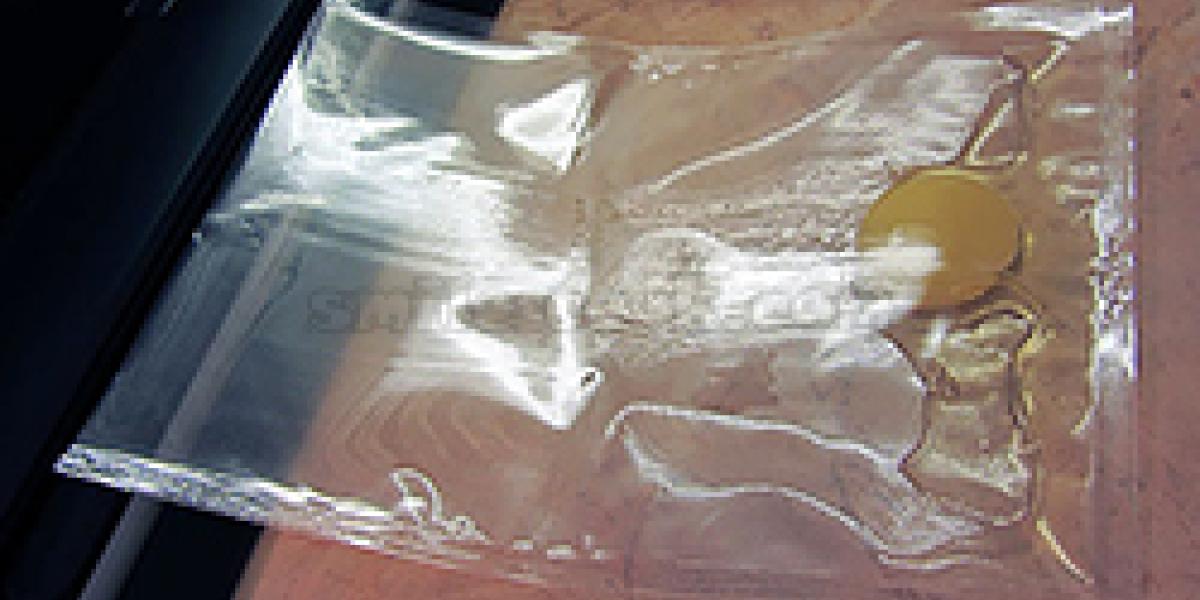
It's about using the "sous vide" technique - using a vacuum and apparatus to keep the temperature in a container of water the same for long periods of time. Such apparatuses are used in restaurant kitchens, although some cooking enthusiasts have also acquired a sous vide for home use. I do not have this apparatus, I can tell about it only in theory. But I think that this method of cooking is suitable for industrial production and use in professional kitchens.
Lilia Koval

